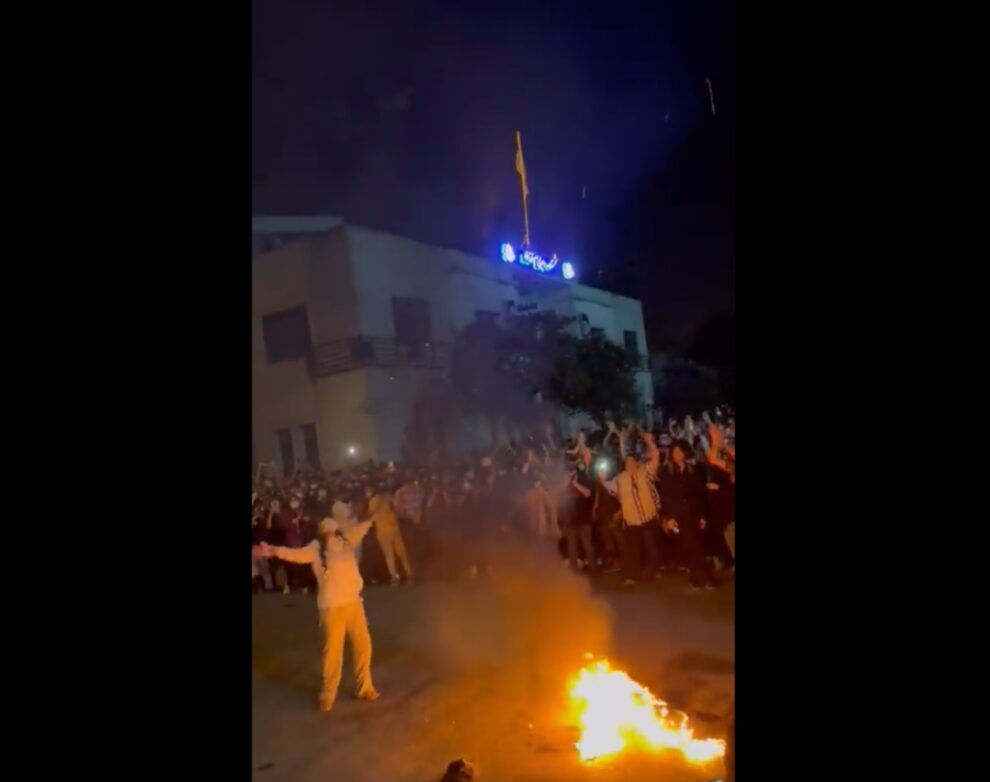Protests in Iran following the death of a young woman arrested by morality police could signal “a big change”, according to Mahmood Amiry-Moghaddam, director of Oslo-based NGO Iran Human Rights (IHR).
Public anger has flared in the Islamic republic since authorities announced the death last week of 22-year-old Mahsa Amini, who had been held for allegedly wearing a hijab headscarf in an “improper” way.
Eleven people have been reported dead in the groundswell of public anger since Amini’s death.
In 15 years of following protests and the rights situation of Iran, Amiry-Moghaddam said he had not witnessed such outrage.
“It seems that they are not afraid any more. I think the murder of Mahsa was probably the last drop that led to this overflow, so it could be the beginning of a big change,” he told AFP in English.
At the same time Amiry-Moghaddam said he was worried about the potential response from Iranian authorities.
“Unless the international community gives its clear support to Iranian people’s demands — they are demanding a normal life — then I’m concerned that many people will be killed.”
“What we know for sure — and what also the authorities have admitted — is that Mahsa was arrested by morality police,” Amiry-Moghaddam said. According to her family, she was healthy at the time of her arrest, he added.
“Some hours later, she was transferred to hospital in coma. So regardless of what happened, this is a responsibility of the Iranian authorities and the morality police,” the director of the rights group said.
The IHR believes “the evidence shows that she was subjected to very harsh violence, and that’s only because the authorities say that she hadn’t covered herself”, Amiry-Moghaddam added.
Videos posted on social media have shown some women demonstrators defiantly taking off their hijabs and burning them on bonfires.
“The hijab has become a symbol for the Islamic Republic and that’s why… we saw many pictures of girls taking off their hijab and burning it,” Amiry-Moghaddam explained.
“It’s not because they have a problem with the piece of clothing but because it symbolises the suppression (sic) they have been subjected to in 43 years,” he said.
“No dictators can continue forever. They don’t last forever. History has shown it. So the question is not if, but when and how these authorities will end,” Amiry-Moghaddam said.
He said the international community should support the protesters.
“They are using peaceful means,” he said. “Despite being angry, what they do is to burn their own headscarf and shout ‘Down with the dictator‘.”
But he said it was hard to predict how the situation would develop.
“We don’t know what happens in few months or a year. You know, if the authorities manage to crack down violently (on) these protesters, I don’t know next time they come out what they will do,” he said.
It was important, therefore, for the West to engage.
“I think it’s not only the right thing to do but also the wise thing to do — to push for further fundamental changes, show Iranian people support and promote a peaceful transition”.
